

Teaching the world how to run without injury
Client
- Runity
Industry
- Sports
Skills
- Visual design
- Visual identity design
Team
- 2x Product Designer
Date
- 2021
Preparing for the race
Nowadays, running is considered the most popular sport in the world and has become a real global trend. Specifically, it is estimated that in Spain around two and a half million people put on their running shoes every week.
Despite its success as a sport, there is a widespread lack of knowledge about how to do it safely and in a healthy way. If you add competitive social pressure to that, figures show that a high percentage of runners suffer some kind of injury during their sporting life, something easily avoidable by learning the correct technique.
Running is a skill of every human being and to do it efficiently you need to master its biomechanical and neurophysiological characteristics.
After more than 25 years as leaders in the field of movement and, thanks to their experience training hundreds of pilates professionals around the world through Polestar Education, its founders decided to start a new journey exporting their experience to the world of running.
The aim of Runity is to help as many people as possible by transforming the way they run: injury-free, pain-free, efficient and based on the latest scientific knowledge. It also seeks to generate a worldwide community focused on both trainers and runners, creating from its inception a place to start or transform the way they run.
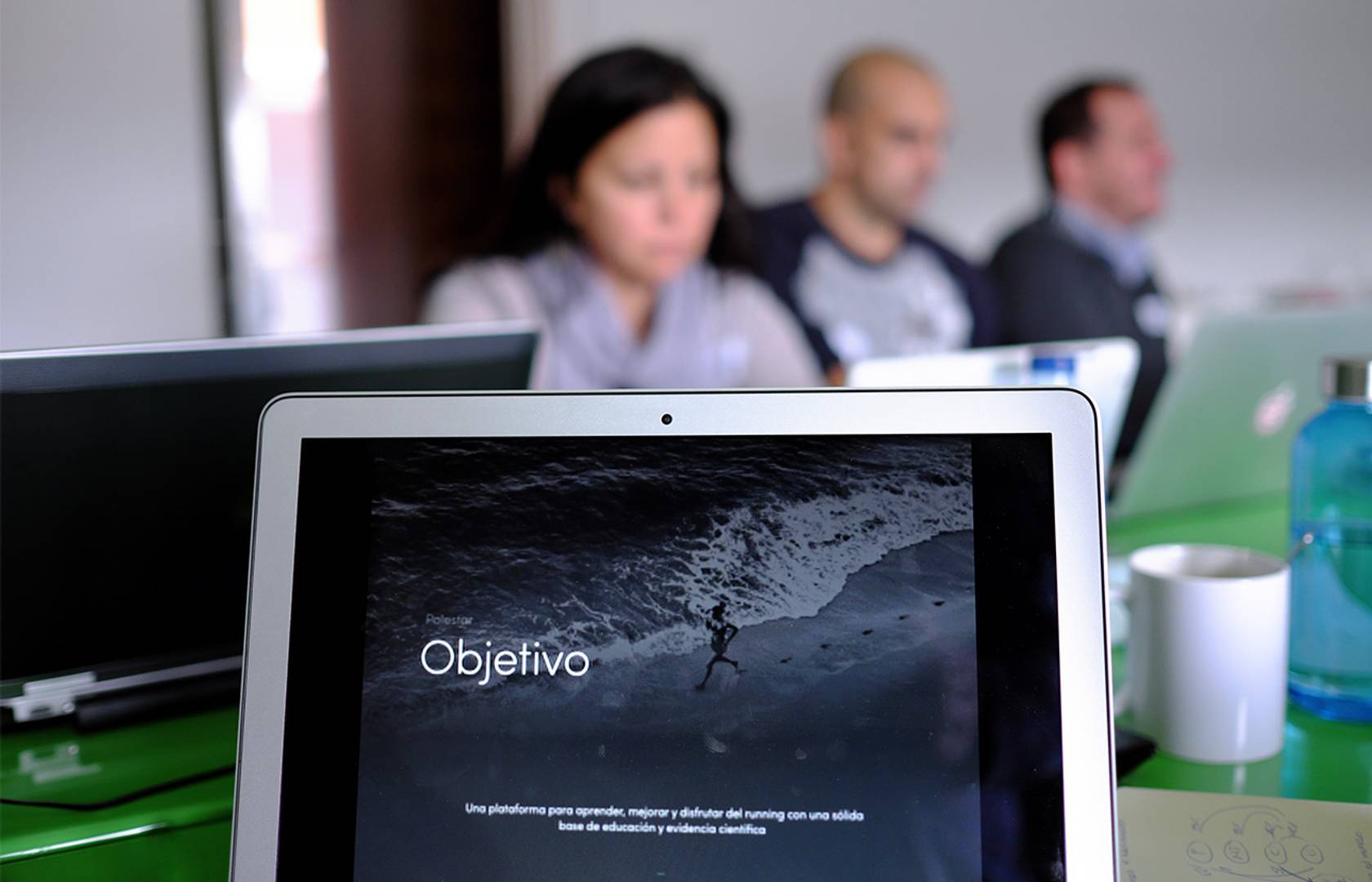

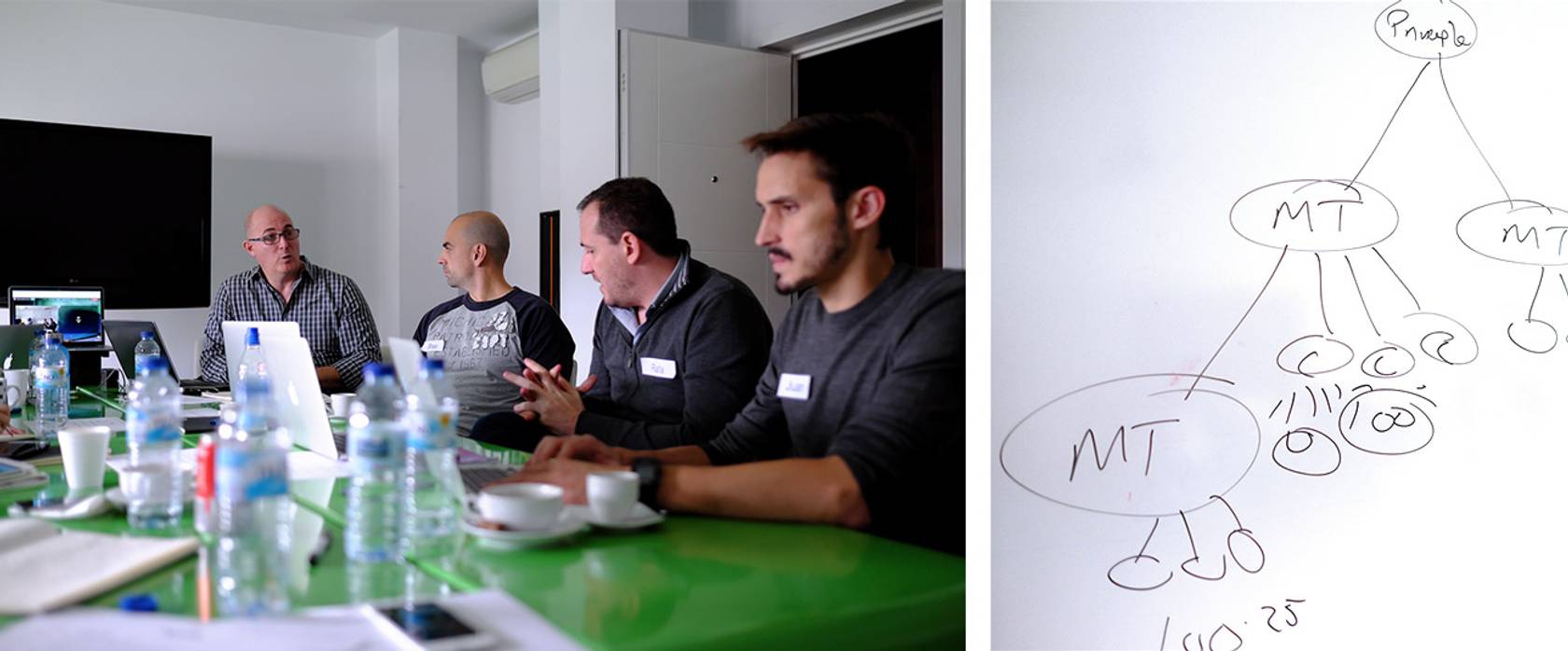

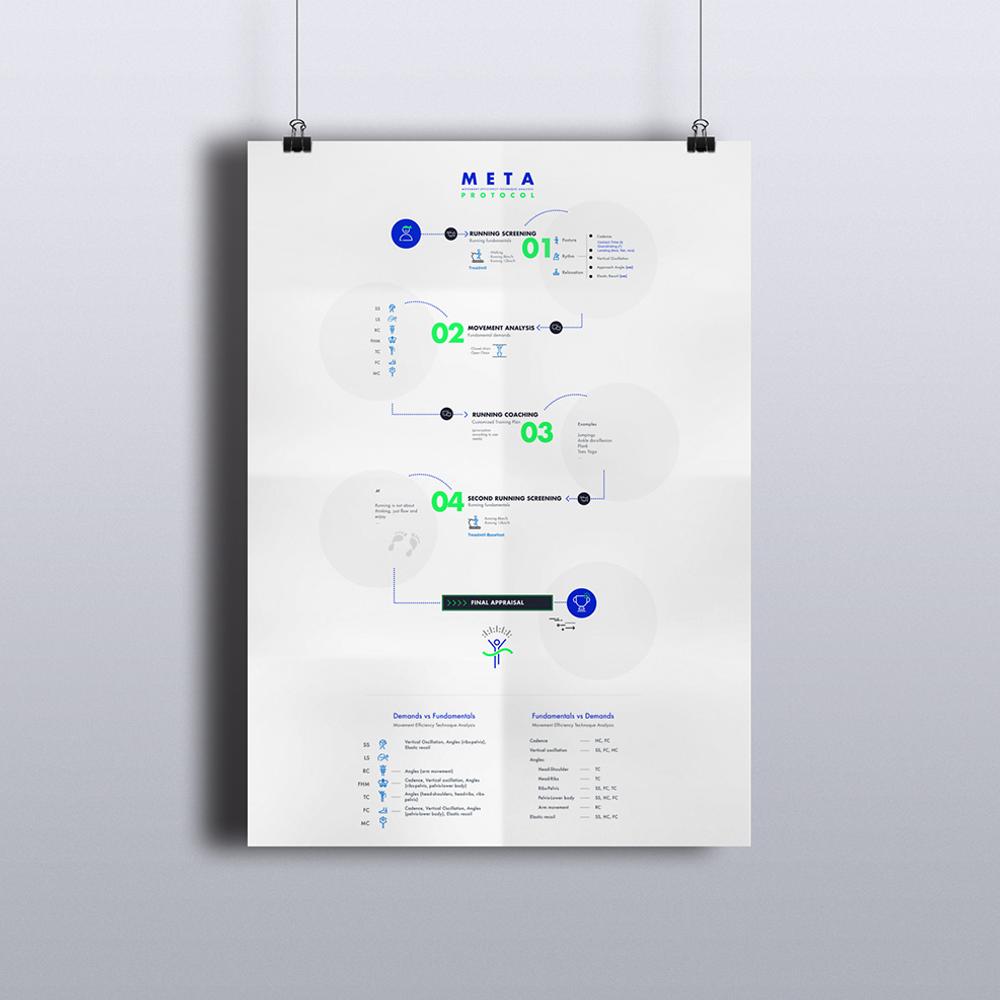
First milestones
Beyond thinking about the design and development of the product, we had to extend the vision to the full service and address, among other things, the generation of branding and naming, as well as establish an associated marketing plan to expand the product to its full potential. The starting point contemplated a universe of functionalities: an e-commerce for the courses, an e-learning platform for the training of coaches, a social community to search for teachers and running clubs, a content manager with tutorials, articles, videos... and a generator of personalised training plans.
Given the different complexity of each of them and the added value they could offer, the first steps of the project focused on designing a strategic plan to establish phases and prioritise functionalities. "What were the core functions of the service? What were our resources at each step of the design and development? How to guarantee a minimum viable product considering development times and budget?" These were some of the initial questions we asked ourselves and the conclusions, after several workshops aimed at defining the product and the business, were to generate first the part concerning the trainers, to start as soon as possible the exploitation and monetisation of the business and, thus, to bring forward the revenue forecast. Only in this way could we increase our resources and be better prepared to address the needs of the other major potential target group, the runners.
The starting point
Although there were initially two large masses of potential audiences: coaches and runners, in reality there were many more sub-types of profiles.
We researched and analysed in detail each profile category, their needs, their demands, their expectations, their knowledge and their possible points of contact with the Runity platform and method.
Four main subtypes of Personas emerged : runners, coaches, trainers and experts; each of them with specific needs that had to be materialised in the architecture of the platform itself, but also with the business need to unify all of them under the same space.
The exploration of the visual line took centre stage, as it was necessary to establish an integrated image, a brand that conveyed values of wellness, movement, scientific evidence and community, and that could be exploited in different merchandising elements, with the added complexity that each of these sub-types of profiles belonged to multiple nationalities, different in their culture and in how they understand sport.
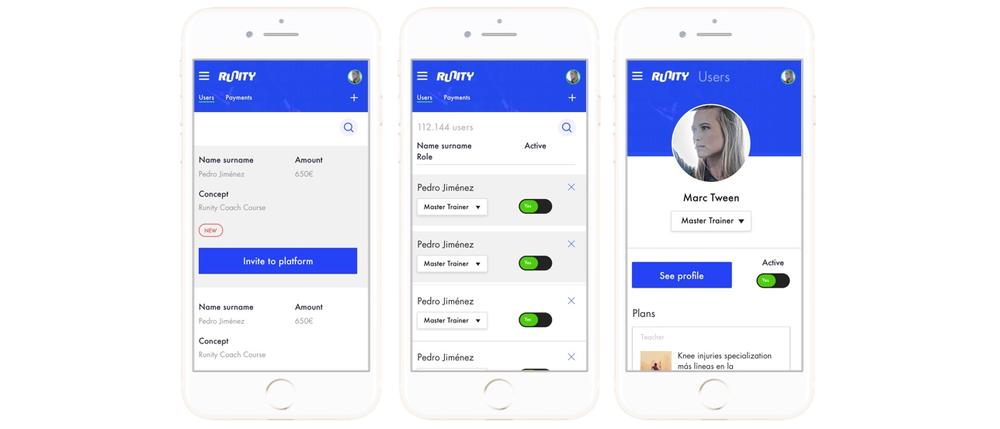
To achieve a complete and coherent product, all the brand values had to be distilled both in the platform architecture and in the navigation and interaction model: it was necessary to convey the feeling of togetherness and community through the design of every detail of the product.
This phase involved strategic points of the project. The definition of the product with each user profile in mind was directly linked to the construction of a solid business model for its market launch and to a marketing plan that was as specific as it was flexible, allowing the product to be disseminated around the world through different channels with a comprehensive vision.
Arriving at the finish line
The design and development phase tested the flexibility of the overall strategic plan devised at the beginning of the project, as one of the functionalities stood out in particular and proved to be a unique tool on the market that deserved to exploit its full potential: the personalised training plan generator.
Thus, we restructured phases and resources and prioritised the development of a complete and versatile tool for coaches and visually simple and clear for runners, leaving in the background other functionalities that could be leveraged on third-party platforms saving costs and investment in development.
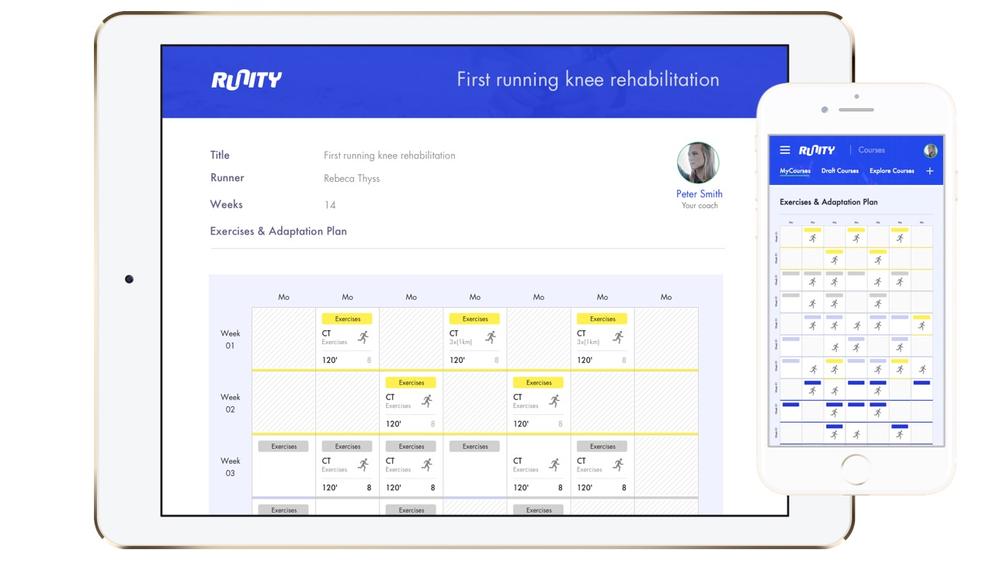
Today, Runity has run 15 courses in different countries around the world, has launched a fully online training platform and has several coaches and running groups under its method on several continents.
A long-distance race with which we are on the podium.


